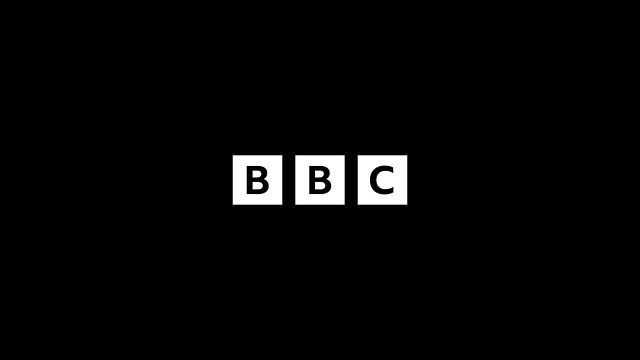
The First and Second Banks
Convinced of the need for some central control over monetary policy, secretary of the treasury Alexander Hamilton champions the establishment of a prototype central bank in 1791.
In the chaotic aftermath of the War of Independence, one of the most pressing challenges facing the new nation was the need to establish a monetary system that would facilitate trade - both within the United States and with overseas trading partners. But the Founding Fathers disagreed about how to manage the monetary system.
In the third programme of this five-part series, Graham Ingham traces the history of how the dollar became the established currency of the United States - a process that took the best part of 200 years, and was no easy task.
Alexander Hamilton, the first Secretary of the Treasury, was convinced that a degree of central control over monetary policy, including a central bank, was essential for the future economic and political stability of the union and a prototype central bank was established in Philadelphia in 1791. But opponents of this approach succeeded in ensuring the first bank's charter wasn't renewed.
In 1816, Congress tried again with the second Bank of the United States. But in 1832, President Andrew Jackson vetoed attempts to renew the second bank's charter. The debate between those that wanted a strong federal government and those who supported states' rights continued throughout the 19th Century - and still echoes through Washington today
Producer: Ruth Evans
A Ruth Evans production for 大象传媒 Radio 4.
Last on
Broadcast
- Wed 4 Dec 2013 13:45大象传媒 Radio 4
